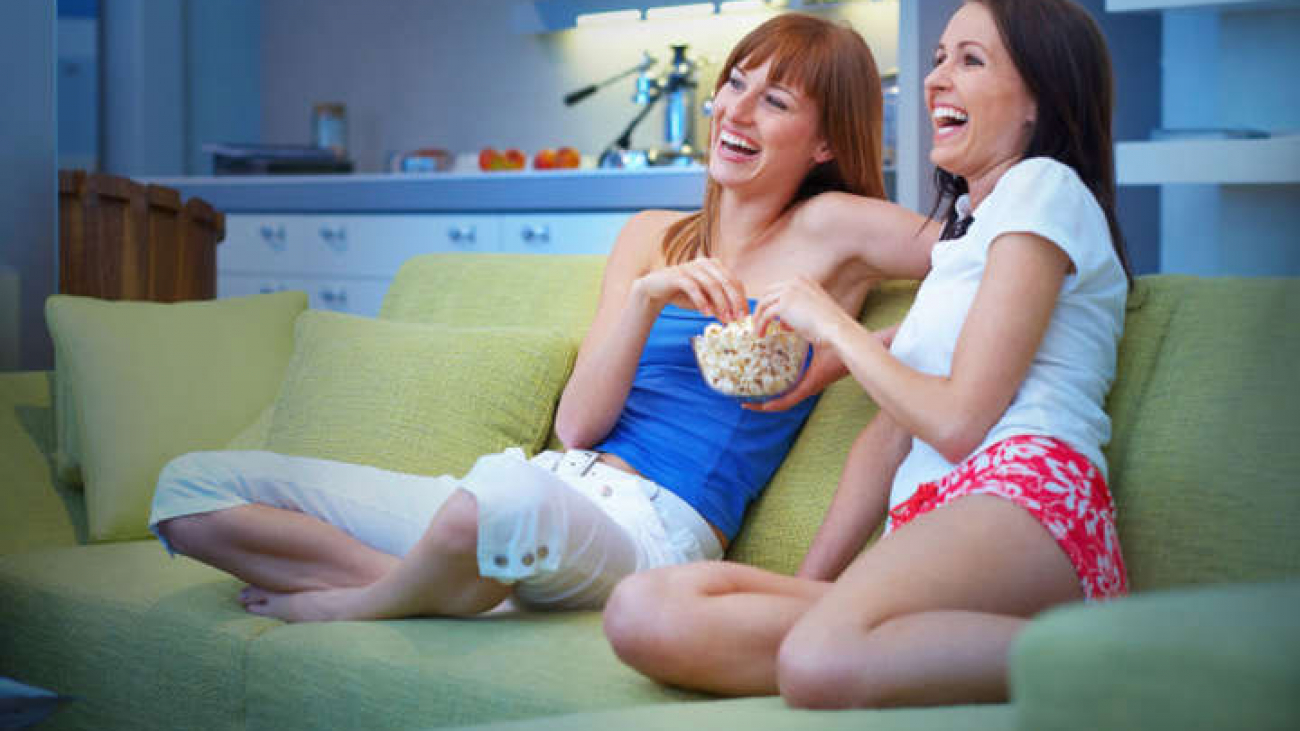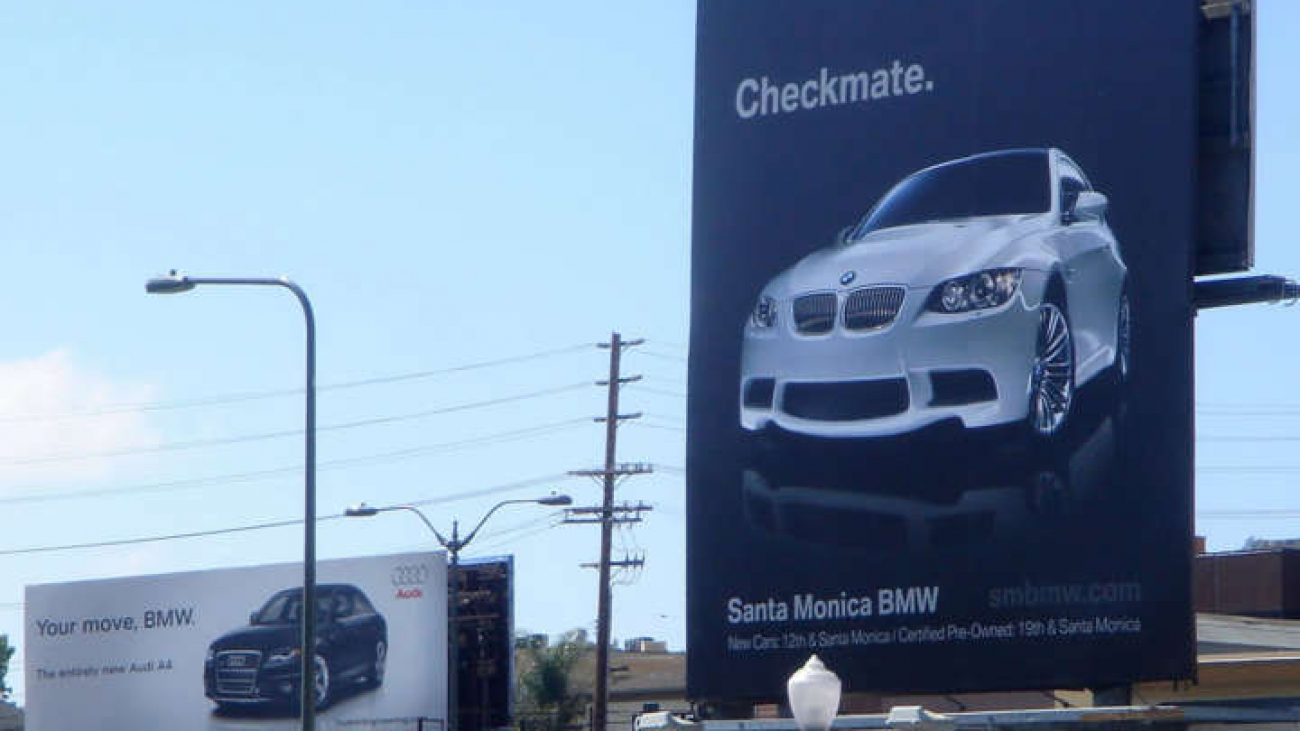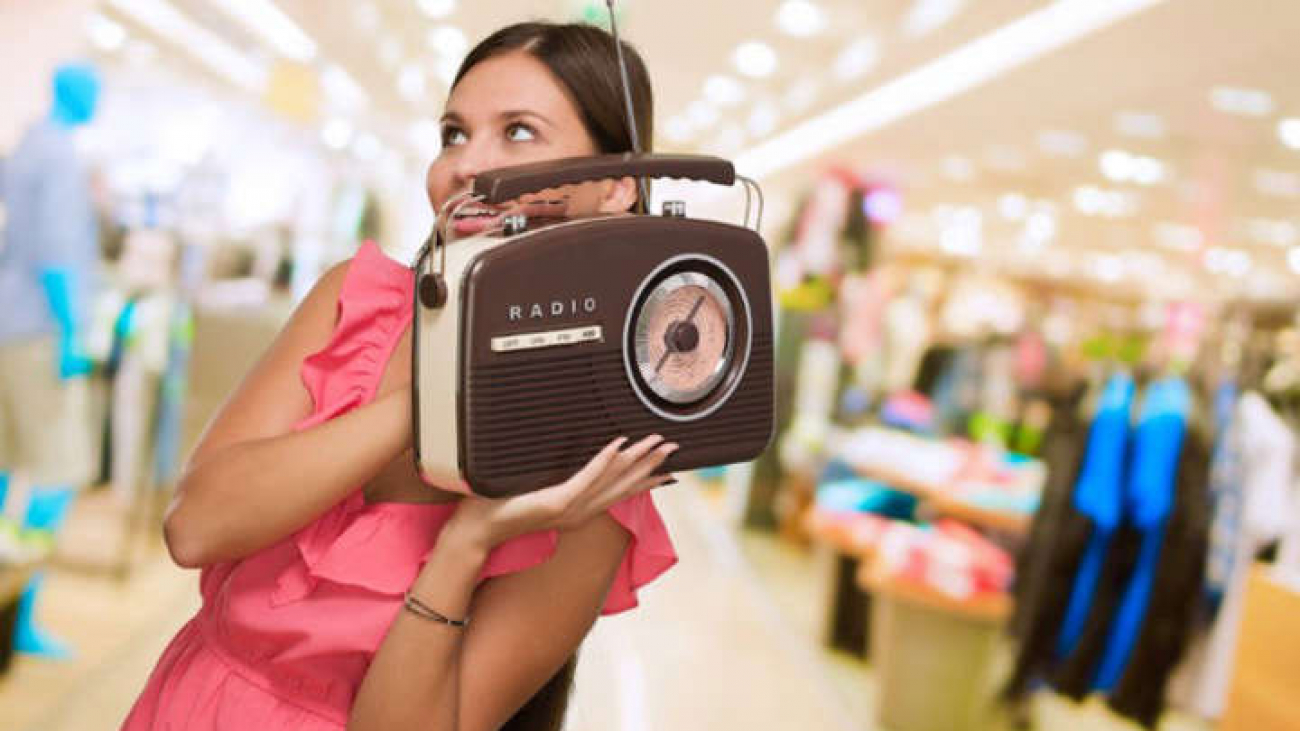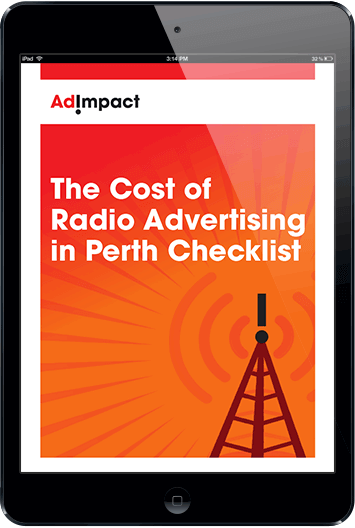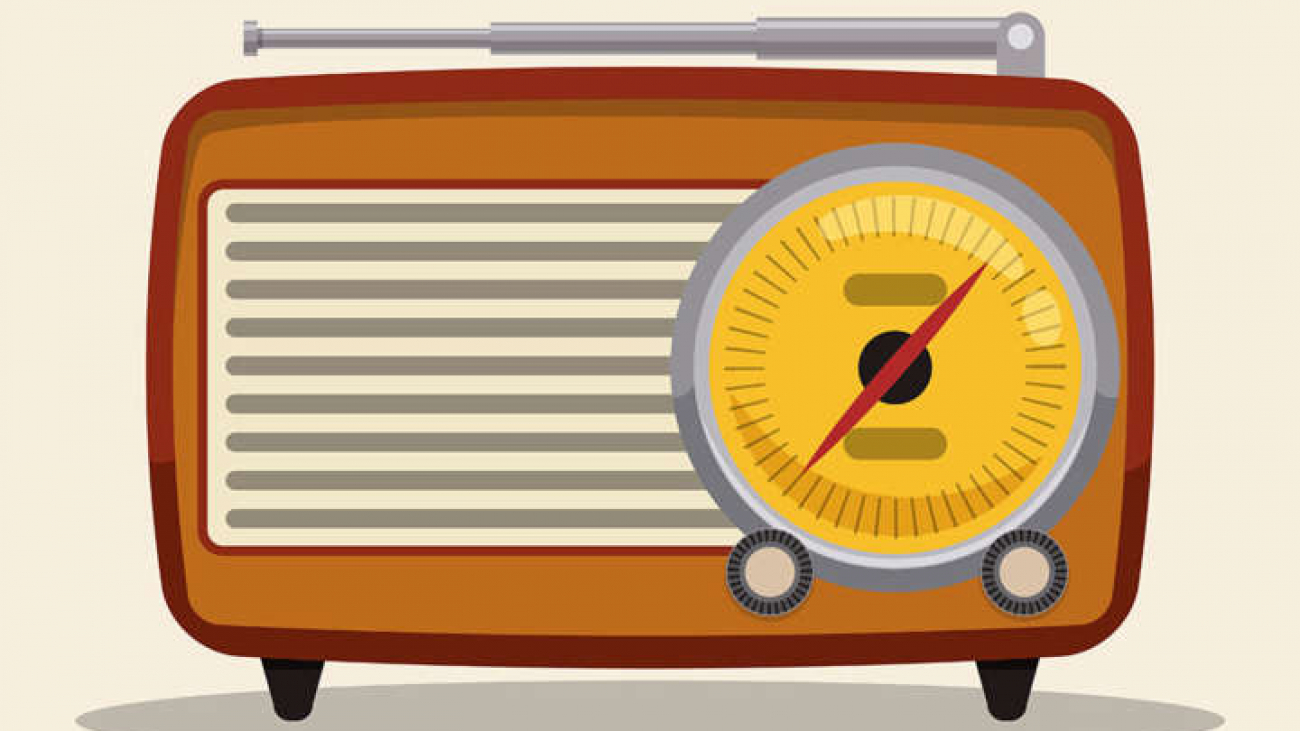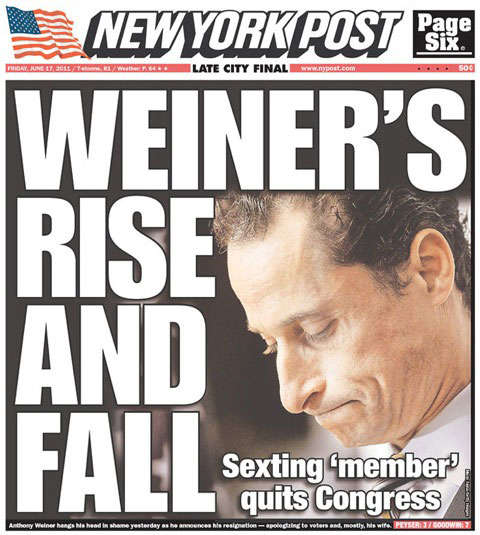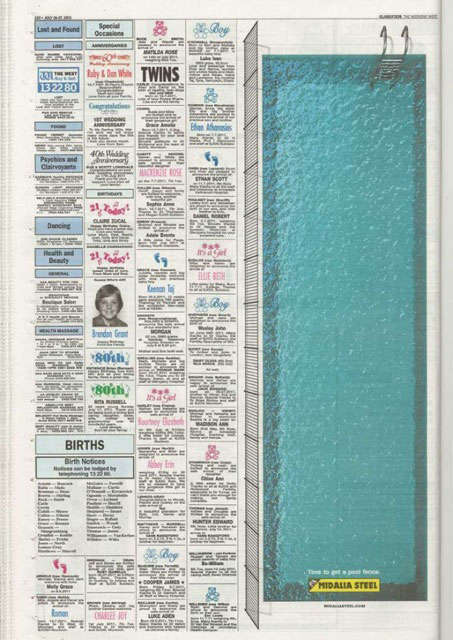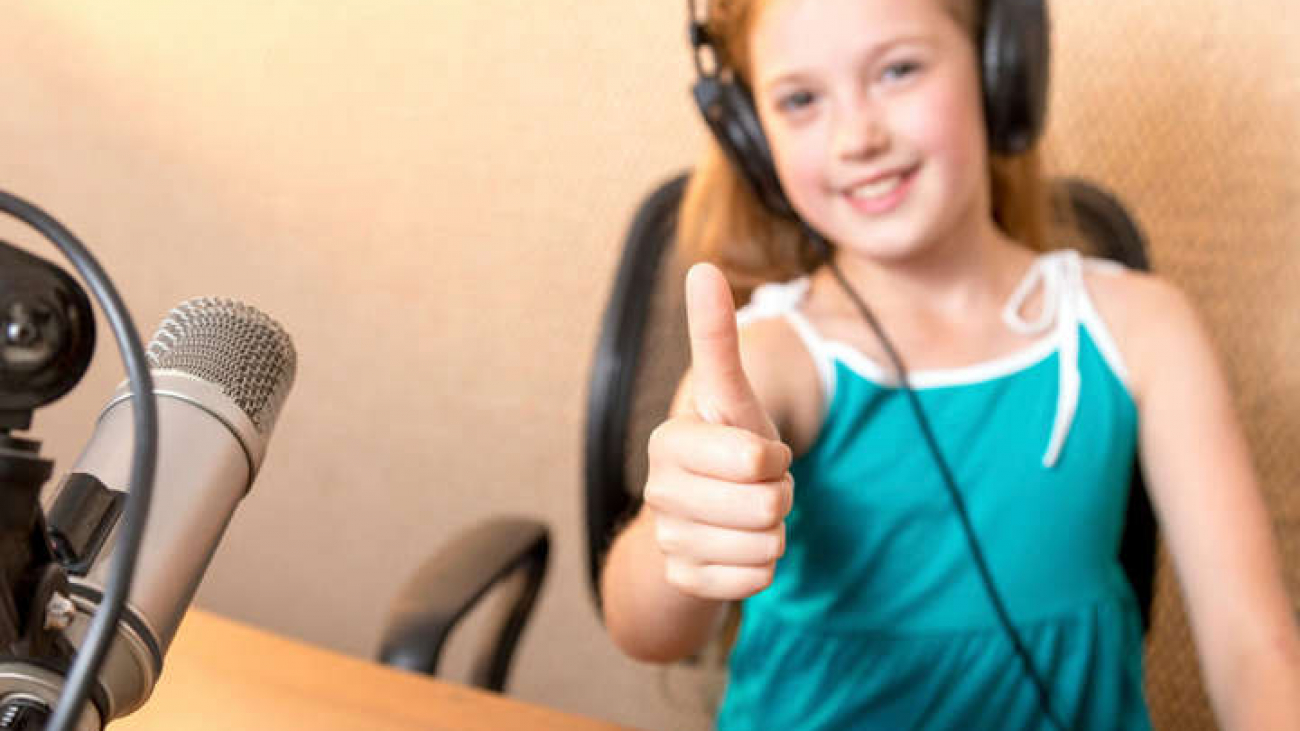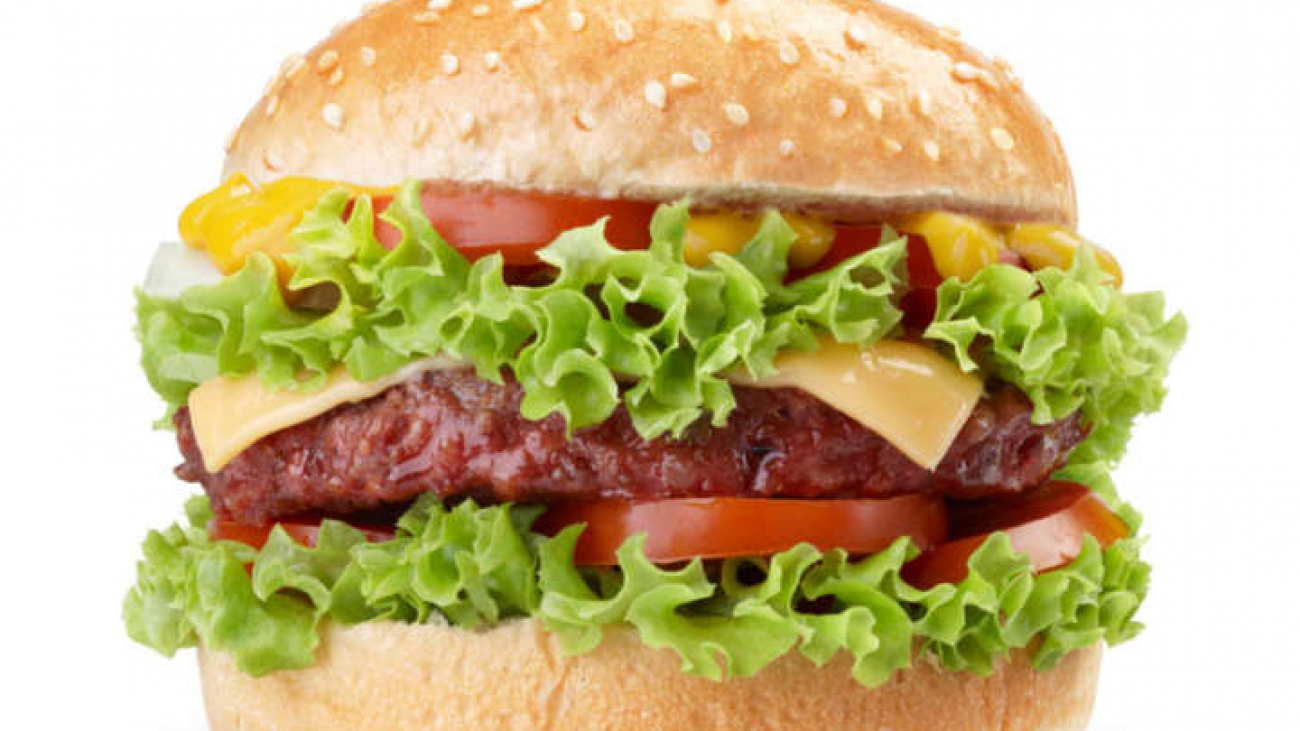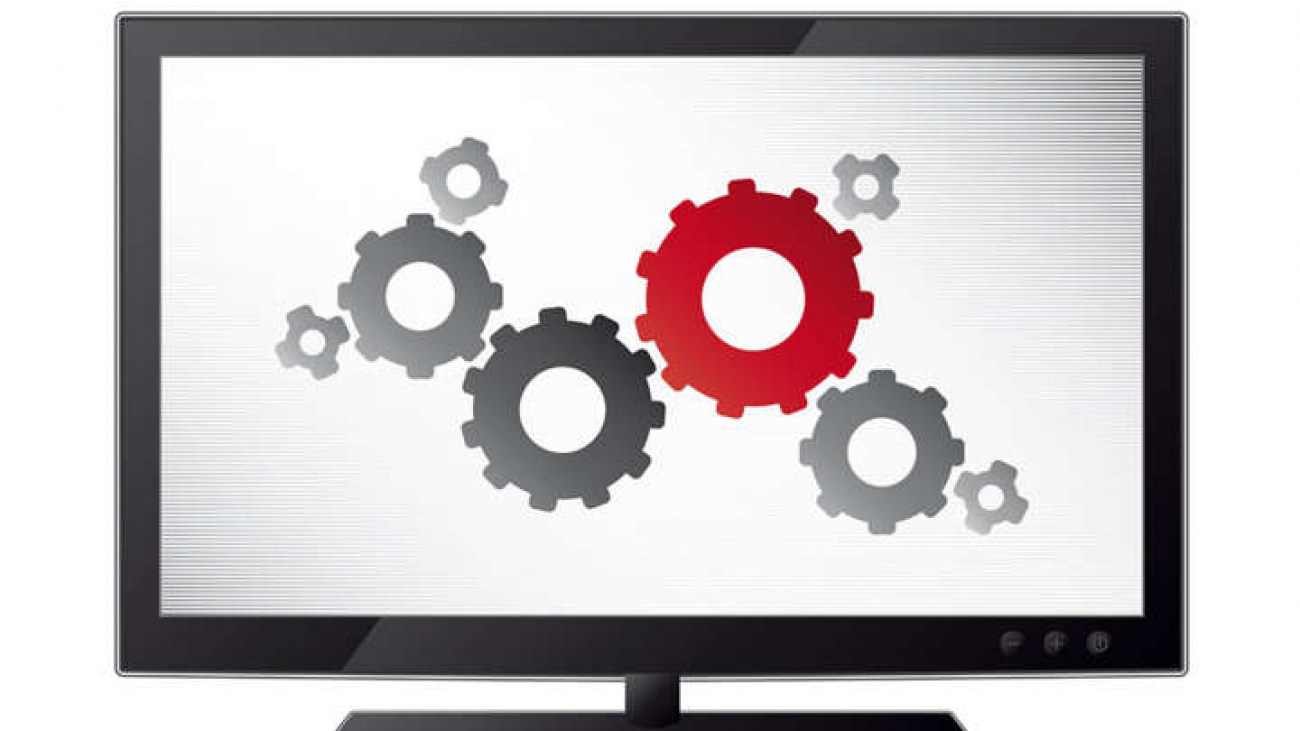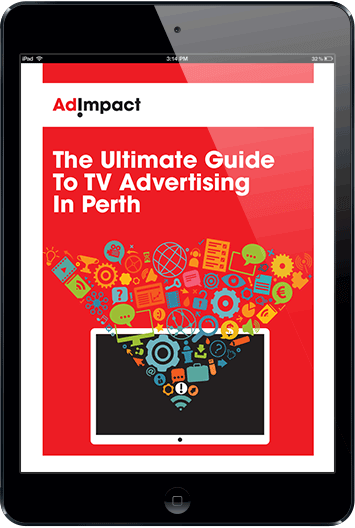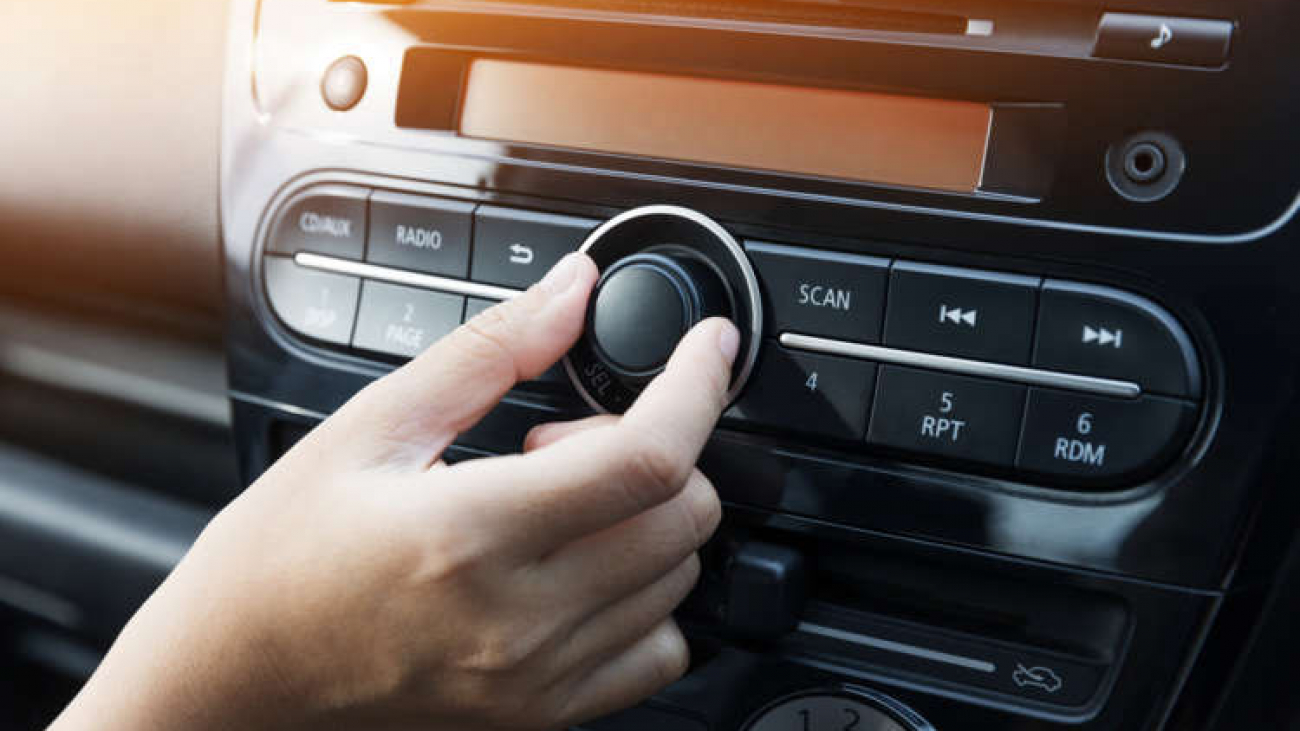Humour is a tool that has been used since the dawn of advertising’s conception. People love things that are funny and we are naturally attracted to humour. The funny person at the party is always the one that has people gathered around them listening. Humour gets attention and advertisers understand this very well.
This is because advertising that uses humour is generally more effective at impacting viewers.
“In North America, where humour is used more than in any other region, 69 percent of ads in the top impact (Awareness Index) quintile are humourous (i.e., funny or light-hearted), versus only 44 percent in the bottom
Humour is used in over fifty percent of ads on television. This alone shows the power that humour holds as an advertising technique. It can make an ad more enjoyable; engaging and help people remember it better. However, if used incorrectly, humour that misses the mark can do more damage than if there was no humour at all.
An ad with poor humour is usually interpreted as irritating or just plain boring. Choosing the right kind of humour is difficult because humour is subjective, and what is funny to one person may not be funny to another. Advertisers must ensure that the majority of their target audience will find their ad funny if they want to make an impact.
An interesting element of the humour-advertising paradigm is how humour relates to branding. A crucial rule when using humour in branding advertisements is that the humour has to relate to the brand being advertised. So in one way or another, the brand itself has to be intimately woven into the humour of the ad.
Why is this so?
If an ad is funny but is unrelated to the brand it is advertising, then the viewer will be entertained but will not remember which brand the ad was for. You have probably seen these kinds of ads before. The ad is really funny and entertaining, and then suddenly at the end there is a quick flash of the brand that the ad was for. You may have asked yourself, “What does that ad have to do with cleaning products?” These ads are the problem; because you will soon forget which product the ad was for and then go on about your day. In these cases, all the ad did was entertain you for thirty seconds and that’s it.
An example of humour and branding being done right is the famous ‘Old Spice’ ad series. These ads were very funny and entertaining, but most importantly they made the brand the centre of the ad. You could not watch that ad without remembering the name ‘Old Spice.’ The brand was the hero.
The risks of humour
One of the risks of trying to be funny is that you end up being offensive instead. Advertising is all about getting attention, and sometimes when you are trying to get attention, you push things to the limit and can end up offending viewers.
One example of this was the 2014 ‘Generation Lamb’ advertisement featuring Sam Kekovich for Australian Lamb. The ad was seen as offensive to vegan and vegetarian viewers, because it portrayed them as weak and un-Australian for their food choices. One could argue that in this case, they didn’t really alienate their target audience, but none the less it did stir up some unwanted controversy around the campaign.
As social norms and rules change, so will the type of humour that is used in advertisements. Ads tend to play with the societal structures in place at the time of their conception, so we can often see a direct correlation between what we see on TV, and what is happening in society at the time.


